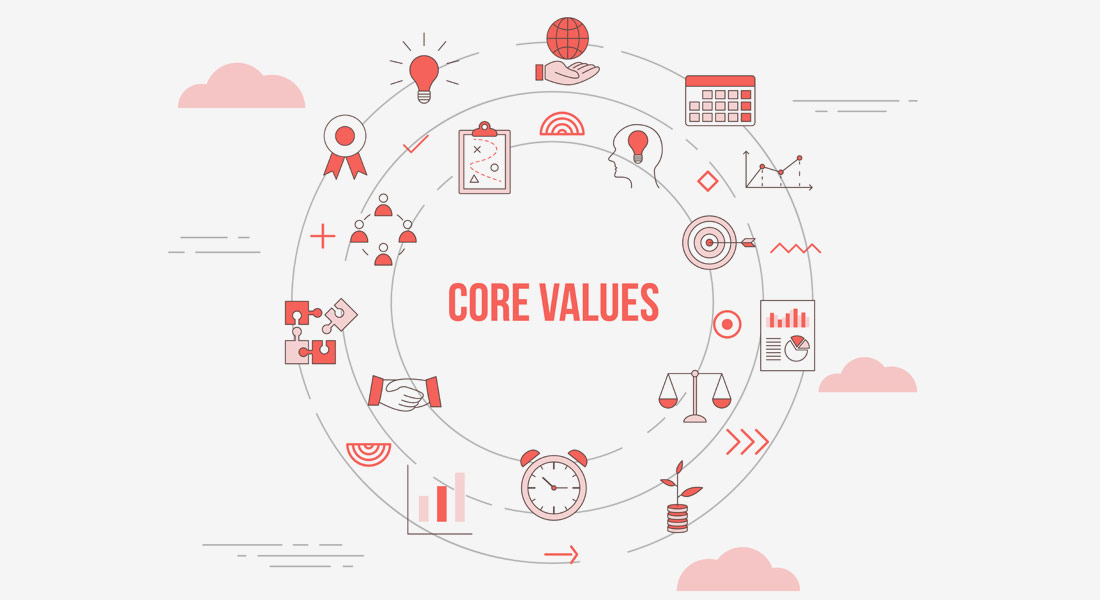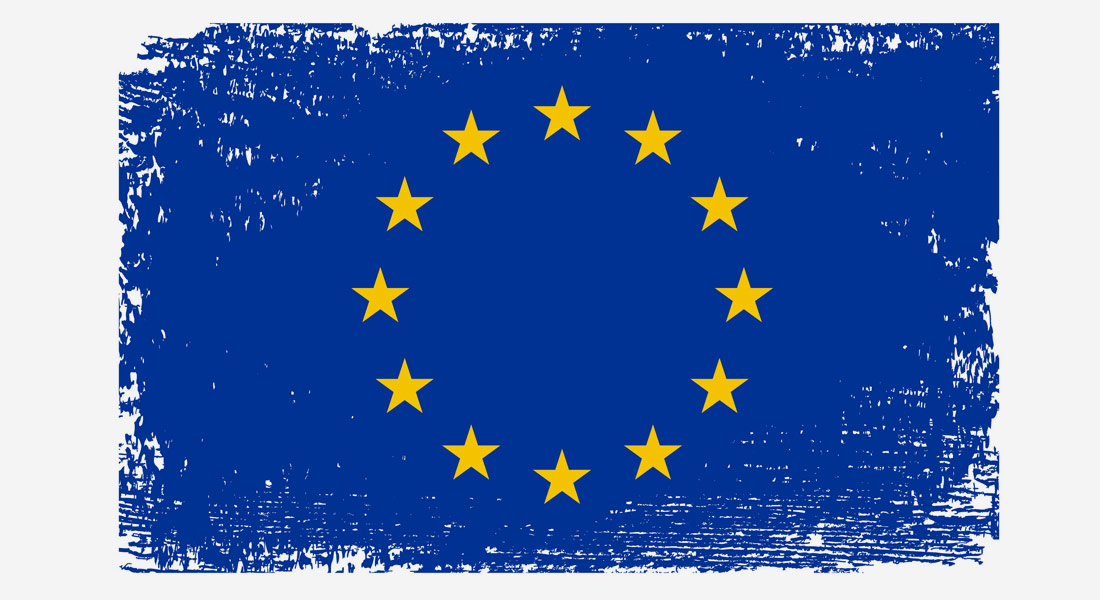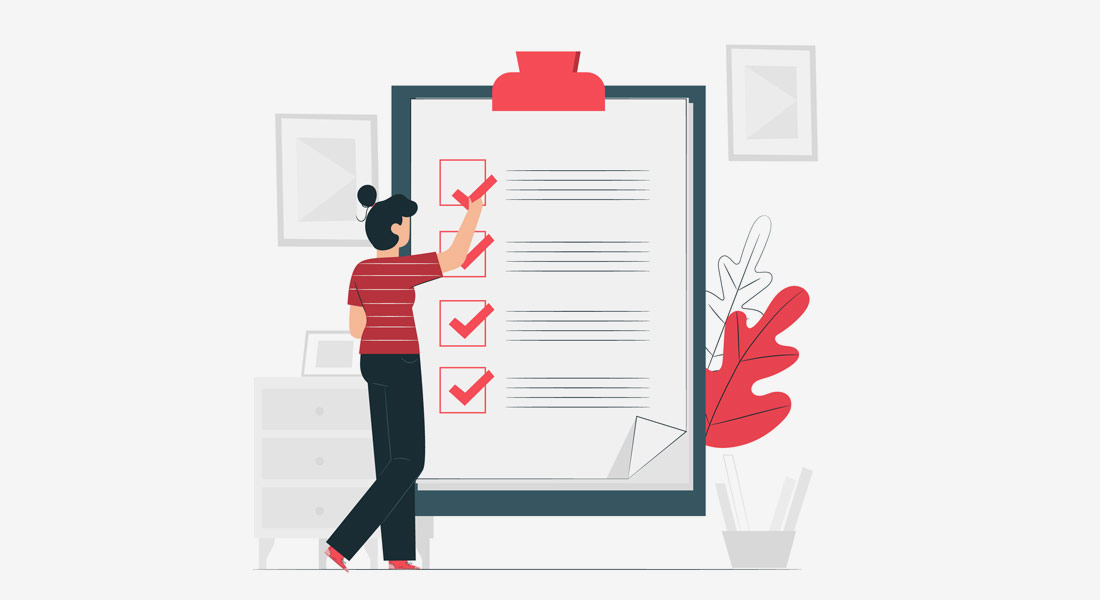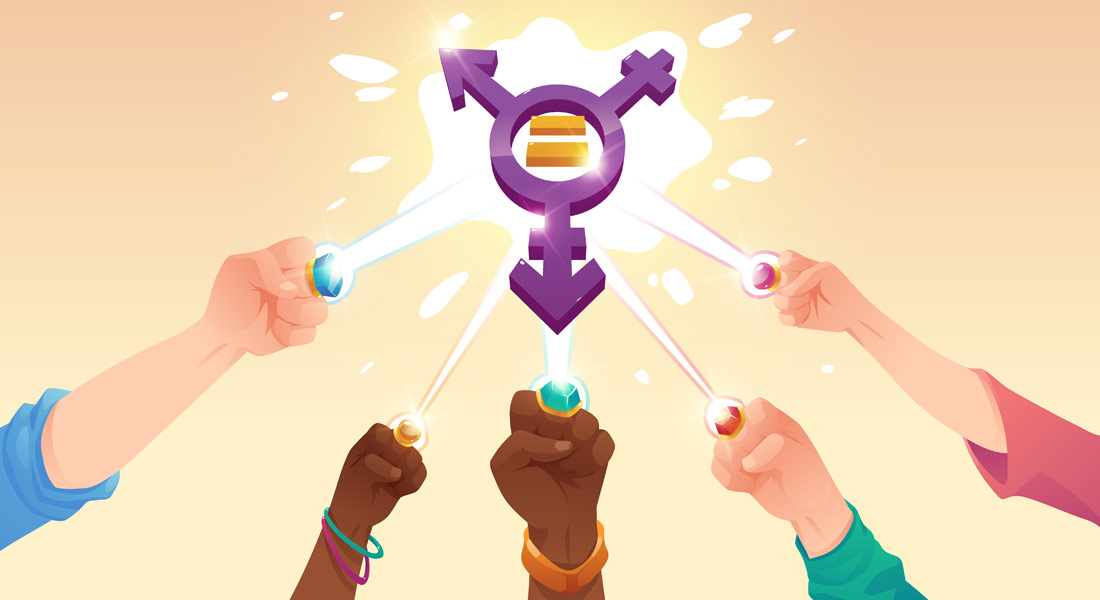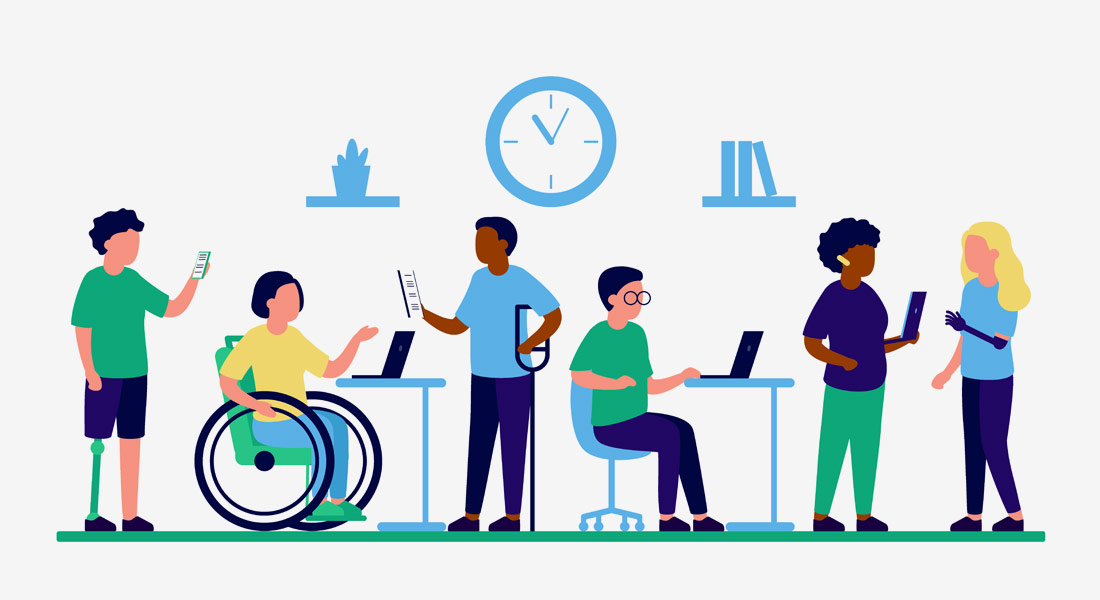Equality, diversity, and inclusion (EDI) principles ensure better results because talents are recognized, and voices get heard. Everyone working in a non-discriminatory project or organisation is more committed to its vision, and will identify with the endeavour, if equally valued.
However, establishing a suitable framework that supports equality, diversity and inclusion (EDI) in projects is challenging, especially if there are many stakeholders with different, sometimes conflicting, interests involved. The role of governance is to align these interests for joint collaboration, with the support of appropriate structures, processes and accompanying tools. This Toolkit currently provides support for integrating EDI (Equality, Diversity, Inclusion) in governance principles and thus every practice of projects, based on the most demanding experiences of a complex, large-scale, international, publicly funded research infrastructure (CoLIPRI), that is based on the experience with the Human Brain Project and EBRAINS.
Acquire the context
A specified context aims to ensure Equality, Diversity and Inclusion within a (scientific) project or complex, large-scale, international, publicly funded research infrastructures (CoLIPRIs). This context for EDI is not only defined by fundamental values of fairness, but also by a set of given frameworks and regulations.
These frameworks are defined and implemented by a diversity of stakeholders, who can be project internal or external parties. To align stakeholder interests with project objectives, a stakeholder analysis offers support to estimate the overall context.
In addition, all stakeholders operate within specific regulations such as the gender equality strategy or Codes of Conduct for Researchers and Research Integrity by the European Commission. Also organisational power relations, which can be analysed with the 5-R method, shape stakeholder collaboration.
EDI principles play a role in different levels of context, as elements of
- responsible, compliant leadership
- European Charters and Strategies
- project management
- stakeholder relations.
To ensure their implementation and thus improve economic outcomes and performance in Research and Innovation (R&I), it is crucial to consider these different levels of context.
Understand the relevance of EDI principles
Consider the European framework for equality
Differentiate governance from management
Be aware of organisational power relations
Involve your stakeholders wisely
Integrate EDI principles in your governance tools
An appropriate governance framework ensures that goals of organisations or projects can be reached. As governance is concerned with aligning different, sometimes conflicting stakeholder interests, appropriate design of structures, processes and accompanying tools are of general concern, and EDI principles should be specifically addressed for the benefit of the organisation, setting a framework for interactions, engagement and decision-making.
For a large project or infrastructures based on partnerships it is relevant to define and communicate standards. In terms of leadership and collaboration, there are several layers to be considered: Decision-making bodies and boards and their composition, specific tasks and positions within the partnership, collaboration and teamwork and related career opportunities.
EDI principles should be considered in the following standard government instruments:
- Core structures and procedures, representing how decisions are made and who is involved
- Co-created and shared principles for expected behaviours (e.g. a vision, charter, code of conduct, or a so called “netiquette”, that is an etiquette for the internet)
- Contracts with partners that include EDI principles, e.g. on the election procedures of board and their expected composition
- Terms of Reference (ToR) that include such principles on membership, leadership, and interaction
- Standard operating procedures (SOPs) for communication and decision making, and guidelines, briefing documents that support the implementation of EDI principles
- Continuous communication of the principles within the partnership, e.g. by newsletters, as standing items on meeting agendas, checklists for workshops etc.
- Capacity Building (e.g. dealing with unconscious biases), leadership and career support (e.g. mentoring)
- Clear regulations to counteract the violation of EDI principles and discrimination
- Monitoring and reflection and collaborative action to improve strategy and measures.
The design and implementation of EDI principles in government instruments is supported by gender mainstreaming and diversity management as described under “Implement Gender Mainstreaming & Diversity Management”.
Implement Gender Mainstreaming & Diversity Management
Set up Gender Equality Plans (GEP)
Formalise structures for EDI
Agree on Terms of Reference (ToR)
Design procedures and guidelines
Develop leadership and talents
Most universities and companies have their own processes for personnel decisions and recruitment, career development programmes, leadership training and guidelines. However, the principles, as well as the accompanying support, vary significantly per country, as well as in each organisation. For a large project or infrastructures that are based on partnership, it is relevant to define and communicate standards.
Even within one university or company, the actual implementation of the agreed-on principles has been proven to be difficult.
Many universities and research institutions have developed programmes, action plans and guidelines to provide support and to ensure high standards in recruiting (e.g. the University of Helsinki Equality and Diversity Plan 2017–2018). To create an effective and transparent process, some efforts are necessary, which include addressing unconscious biases influencing our decisions based on previous experiences and schemas (see Koch, D’Mello, Sackett 2015 for an overview). We cannot eliminate biases, but we can reduce their influence and optimise our decision making.
A detailed recruiting process, with templates and background information for each stage, is outlined in the HBP Talent Guideline: “I don’t care who they are, I just want the best person” (Grasenick, 2019).
For a large project or infrastructures that are based on partnership, it is relevant to define and communicate standards. In terms of leadership and collaboration, there are several layers to be considered: decision-making bodies, and boards and their composition, specific tasks and positions within the partnership, collaboration and teamwork and related career opportunities.
A diverse workforce and equal opportunities for job candidates is not only a matter of fairness and responsibility but will also in relevant result contributors for excellence and innovation: For complex tasks, a diverse team may achieve better outcomes than a homogeneous group of “the best people in a field” (Stewart, Valian 2018, p43ff), if managed well.
Concerning evaluators, decision-making bodies and peer-review committees, it is recommended that these bodies are diverse, in terms of gender, backgrounds, ages, etc. All members of these bodies should be trained concerning possible unconscious biases. Senior academics have a responsibility to support and sponsor talented members of under-represented groups (Brink/Benschop, 2011: 520).
The main goals of related EDI principles are expected to be:
- Decision making bodies and boards represent all genders and further diversity traits relevant for the partnership, proportional to the overall staff and/or available statistics.
- In general, personnel of the partnership represent the diversity of the related talent pool of the addressed regions or communities.
- Tasks and workload are distributed fairly, as well as career opportunities, resources and support.
- Communication and interactions are transparent, avoiding hidden networks and their agendas while enabling accessibility of leaders and permeability.
- Guiding principles are communicated, known, and implemented in the partnership.
- Conflicts, biases, discrimination are counteracted.
Can be implemented by:
- Contracts with partners that include EDI principles, e.g. on the election procedures of board and their expected composition.
- Templates for terms of reference (ToR) that include such principles on membership, leadership, and interaction (see “Agree on Terms of Reference”).
- Standard operating procedures (SOPs) for communication and decision making.
- Guidelines, available in use for (s)election of leaders, in meetings etc.
- Trainings (e.g. on online leadership and collaboration of specific disciplines), mentoring and coaching for different career stages, in relation to the partnership.
- Clear structures and procedures to counteract discrimination, biases, and conflicts, such as working groups or units for equality or ethical issues, ombudsperson, a registration process for concerns and most importantly clear regulations for consequences.
- Continuous communication of the principles within the partnership, e.g. in newsletters, as standing items on meeting agendas, checklists for workshops etc.
- Monitoring for reflection and collaborative
Design (s)election procedures
Agree on criteria for excellence
Encourage leadership commitment
Virtual collaboration & Covid-19
Support career development
Set the principles for events and interaction
(Online) conferences or other events (including, lectures, webinars, sessions, or workshops) aim at presenting research, achievements or topics to certain audiences or the greater public. It is essential to consider who is visible at these conferences or events as speakers, presenters, and contributors, such as senior scientists or PIs, as they may be seen as inspiration or role models by some people.
It is important to make a diversity (see “Sex, Gender, Diversity”) of role models visible, among others by speaker lists that consider equal opportunities, a variety of different contributions, possibilities to interact and exchange, etc.
Established scientists or PIs who are leaders can support the career development of early-stage researchers at events in different ways:
One important option is to offer early-stage researchers an opportunity to present at these events (e.g. poster presentations) and to actively encourage them to contribute.
Another option is to support early-stage researchers by sharing personal experiences and tips on career development in dedicated sessions (see “Enable strategic networking across generations”).
Additionally, it is essential that events are inclusive (see “Inclusion & Inclusiveness”): This means, that contributors and participants should all be able to access the event.
The following could be considered:
how parents travelling with children and handicapped people can access the event (e.g. by providing a room, ensuring barrier-free access) as well as travel costs and visas
for hybrid events how people attending only virtually are not disadvantaged compared to those attending on site.
for online events, the time frame is also relevant as time zones differ, therefore, recording the event might offer the opportunity for other time zones to profit from the event as well (if presenters priorly agree to recording).
In interactive workshops or webinars, all participants should have equal opportunities to contribute (regarding roles, speaking time, etc.).
Considering EDI principles in event planning means to broaden possibilities, as bigger audiences could be reached and the impact of the activities is thus bigger, and enable more engagement, as diverse target groups have equal opportunities to contribute.
Plan events such as conferences, workshops and more
Implement EDI principles in Calls (for Expression of Interest)
Enable strategic networking across generations
Check out some basic definitions
We hope you find these tools useful when setting up your project and as reference for everyday work. The toolkit will be updated according to your requests. Contributions too, are highly welcomed via Contact.
References
The contents of this website are based on the HBP Deliverable D9.2 (D76) in SGA3 with the title “Toolkit on equality in governance structures, procedures and implementation” (https://doi.org/10.5281/zenodo.5575773 ).
Kerschbaum, Stefanie/Kleinberger-Pierer, Magdalena/Grasenick, Karin (2020): When is a tool a tool? An analysis of guiding materials & websites to integrate dimensions of gender and diversity into research. URL: https://www.convelop.at/wp-content/uploads/2020/05/Gender-Toolkits-Analysis_200525-1.pdf

